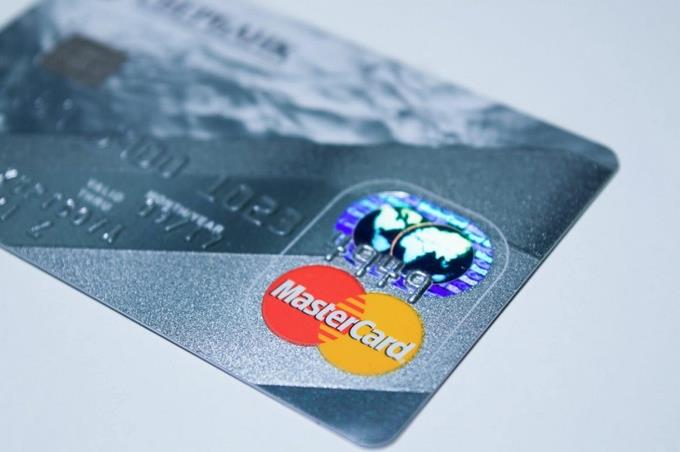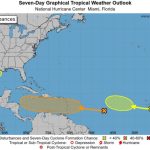Dominicans and Chileans buy less online due to “delay” in receiving their orders, according to a new Mastercard study
BRAZIL IS THE LARGEST ONLINE BUYER OF THE LAC REGION
Users of online purchases from the Dominican Republic and Chile identified the main setback in electronic commerce is the delay in receiving their orders to their countries of origin and that the product arrives at the correct address, according to a new study by MasterCard.
The study, entrusted to the firm Kantar, which is a leader in research and surveyed consumers from Argentina, Brazil, Chile, Colombia, Costa Rica, Dominican Republic, Mexico, Peru, and Puerto Rico, was presented in Miami, Florida, United States, on the 3rd of this month as part of the Forum for Latin America and the Caribbean, which annually celebrates Mastercard.
The results show the needs and expectations of Internet shoppers in the region and the needs that need to be met for users to buy more frequently.
Electronic commerce has experienced an extraordinary trajectory of ascent in the region. According to E-Marketer, electronic sales in LAC are expected to increase 21.3% this year to reach $ 71.34 billion, explains Mastercard.
Among the key factors that lead to this increase is the growing economic power of millennials, who represent about 30% of the population of LAC, together with an almost universal proliferation of smartphones that make purchases possible at the moment.
Brazil, largest buyer
According to the study, Brazil is the country where consumers make purchases online more frequently, followed by Mexico and Colombia, with more than one purchase every fifteen days. The fourth and fifth places are occupied by Argentina and Costa Rica, with a purchase every two weeks. In Chile and Peru, people buy less frequently, about once a month.
Analyzing the lower end of the spectrum can help us understand how much latent demand for electronic commerce exists in the region. For example, in all countries surveyed, 30% to 40% of consumers made very few purchases online. These categories included “once every couple of months,” “once every six months” and “less than once a year.”
“Addressing the factors that could motivate consumers to shop online more frequently could help further increase the adoption of electronic commerce in the region,” said Jorge Arbesu, vice president of Cybersecurity for LAC. “This can help the retail and payments industry take advantage of the billions of dollars of latent demand in electronic commerce that is present in LAC,” the executive added.
What can make Latin Americans shop more frequently online?
Although most consumers said they trust the security of electronic commerce, the study showed that there is an opportunity to better inform consumers about the security associated with online shopping. When addressing the point on concerns related to electronic commerce, one of the most important for buyers in Mexico, Colombia, Peru, Costa Rica, and the Dominican Republic was the fear that their payment card data would be compromised during the purchase or after it.

“Educating consumers about new technologies, such as artificial intelligence and passive biometric authentication, can allow e-commerce to spread to more homes, making frequent shoppers of those who now buy rarely, once they know they can trust the system,” Arbesu said. “However, it is important to note that these figures represent less than half of the participants in each of the countries surveyed, which means that most Internet shoppers have faith in the electronic commerce system,” said the executive.
Buyers from Mexico, Colombia, Peru, Chile, and Argentina mentioned as a barrier the fact of not being able to physically touch the product when buying it online. The Brazilians interviewed for the investigation stressed the high cost of shipping the products as another barrier that affected their purchases, a feeling that Argentine and Mexican consumers share.
The delay of shipments represents a prominent problem for those who live in the Dominican Republic and Chile, where the concern that the product will arrive at the correct address, according to most interviewees, was seen as another barrier.
Biometrics
Another fact thrown in the study is that most consumers have a strong desire to go beyond passwords and see biometrics as the next phase of their authentication. These biometric authentication measures include fingerprints, facial recognition and other innovative forms of identification. Consumers who wanted this technology ranged from 63% in Puerto Rico to the highest point of 83% in Costa Rica. Significantly, more than 80% of consumers in most of the countries surveyed wanted biometric authentication, which confirms how important this new technology is for consumers.
Digital Security Guide
The good news is that the latest technologies and industry standards for digital security are already present and available in the region. Earlier this year, Mastercard launched its Digital Security Guide: a set of initiatives, guides, and tools created to accelerate the adoption of cutting-edge technologies that are necessary both for financial institutions and retail stores, to keep up to date on the e-commerce space in a safe and simple way.
The Digital Security Guide focuses on authentication and tokenization technologies. With the use of “tokenization” and solutions such as the Mastercard Digital Activation Service (MDES) and MDES for Merchants (M4M), Mastercard is reducing the chances of fraud. MDES helps the issuing banks and merchants to keep their consumers’ data secure online, replacing them with an alternate number (token), a 16-digit set that mimics the actual credit card number and only one can be used once. In the event of a security breach, scammers would only have access to the token instead of consumer payment information, which reduces the possibility of fraud.
Authentication technologies allow retail stores and banks to make sure that online shoppers are who they say they are. Authentication solutions such as MasterCard NuDetect use machine learning to analyze “passive biometric factors” – how a person writes, holds the phone, moves the mouse or where they are when using the phone – to anticipate and avoid fraudulent payments via the Internet. The user verification process takes place without introducing any friction or interruption in the transaction.
Artificial intelligence technology is also used to fight fraud, as in the case of Mastercard Decision Intelligence. This solution uses artificial intelligence combined with automated learning to increase the accuracy of authentic transaction approvals, thus achieving a better shopping experience for the consumer.
“One of the goals of the Mastercard Digital Security Guide is precisely to understand the expectations of consumers and make use of the most advanced technologies to create a more reliable, simple and secure e-commerce experience in the region, without much effort by the cardholder,” added Arbesu. “Doing this will close the gap and capture reluctant consumers, thereby accelerating the expansion of electronic commerce in LAC,” he concluded.

Mastercard (NYSE: MA), www.mastercard.com, is a technology company in the global payment industry. We operate the fastest payment processing network in the world and are connected with customers, financial institutions, merchants, governments and businesses in more than 210 countries and territories. Mastercard products and solutions facilitate business activities – such as shopping, travel, business, and finance management – and make them more efficient and safe for everyone.



















